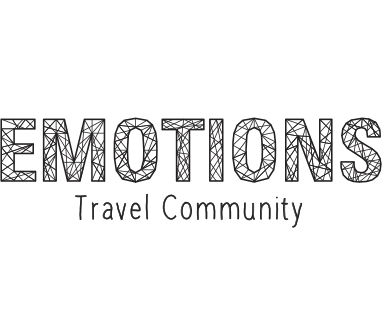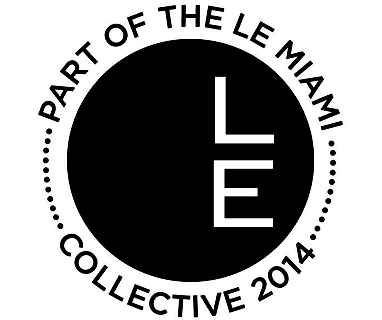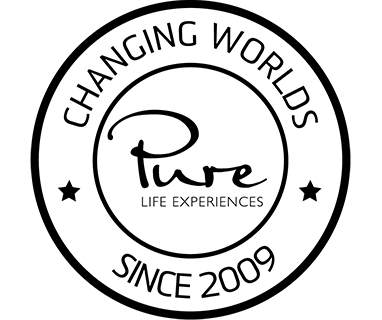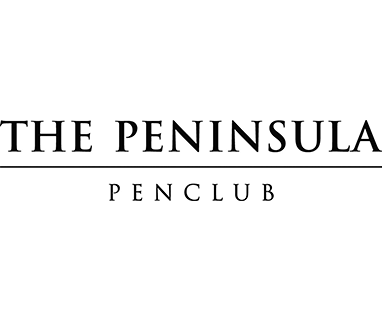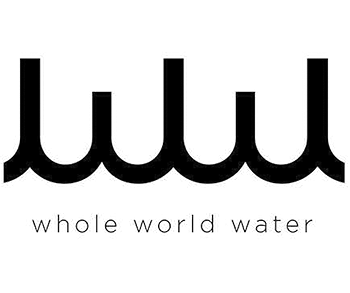History, culture, crafts, gastronomy, traditions... Peru is a magical and surprising destination that leaves no one indifferent. Walking among the ruins of the Sacred Valley, reconnecting with the energy that emanates from the dizzying heights of Machu Picchu, admiring the cobalt waters of Lake Titicaca, discovering the vibrant city of Cuzco, its traditions and craftsmanship, and the kindness of the people of this country full of magic and colour.

After spending our first night in Peru at the Belmond Miraflores Park Hotel, the following day we set off to enjoy a wonderful scenic trip through the stunning landscape of the Sacred Valley of the Incas.
On our way to the Belmond Río Sagrado Hotel we visited one of the most impressive Inca complexes in the area, with terraces built on the hills: the archaeological site of Pisac. Its famous Sunday market, one of the best well-known markets in South America, full of colour and artisan products, is also a must.


In the upper part of the archaeological complex of Pisac we found the Intihuatana, a sacred stone where the Inca priests worshiped the sun. It was also used to observe the changing of the seasons or as an astronomical observatory.



Our stay at Belmond Río Sagrado was marked by the positive energy of the location, united to the mystique of the Sacred Valley. This hotel is an exclusive oasis where time seems to stop. There, we discovered the most exquisite gastronomic secrets of the traditional Urubamba cuisine.
In the Sacred Valley we visited the archaeological village of Ollantaytambo, an entrance point to the Amazonian area of Cuzco, considered as the end point of the Sacred Valley and the entrance gate to the sanctuary of Machu Picchu. The archaeological site comprises a series of superimposed terraces and the large blocks of finely carved stone located on the upper terrace - Tempo del Sol - are impressive.

In Chinchero, a small indigenous village in the Andes located at the top of the plains of Anta - 3,762 meters-high above sea level -, we had the opportunity to visit the textile workshop of Nilda Callañaupa, who showed us the traditional weaving techniques and the importance of this craft in contemporary Andean life.


We continued our route through Peru aboard the luxurious Hiram Bingham train, where time seems to have stopped. The train runs through a green landscape on its way to Inkaterra Machu Picchu Pueblo Hotel, next to the Machu Picchu archaeological site.

Machu Picchu is a magical and mystical place where we were able to feel the energy and strength of nature, especially when we attended an ancestral ceremony with an Andean shaman to ask for health and prosperity to the Achamama (Mother Earth).


After our experience in Machu Picchu we returned to Cuzco and stayed at the Belmond Palacio Nazarenas Hotel, a former convent turned into a calm oasis, located between the grandeur of the Plaza de Armas and the colourful San Blas neighbourhood. An authentic urban refuge full of history but with a contemporary style. It’s the best starting point to discover the city of Cuzco.

We left Cuzco and its green landscapes, history and archaeological ruins for the calm and peace of Lake Titicaca, a natural reserve. There, I recommend visiting the legendary islands of the Uros by boat to learn about their legends, traditions, customs and people.













